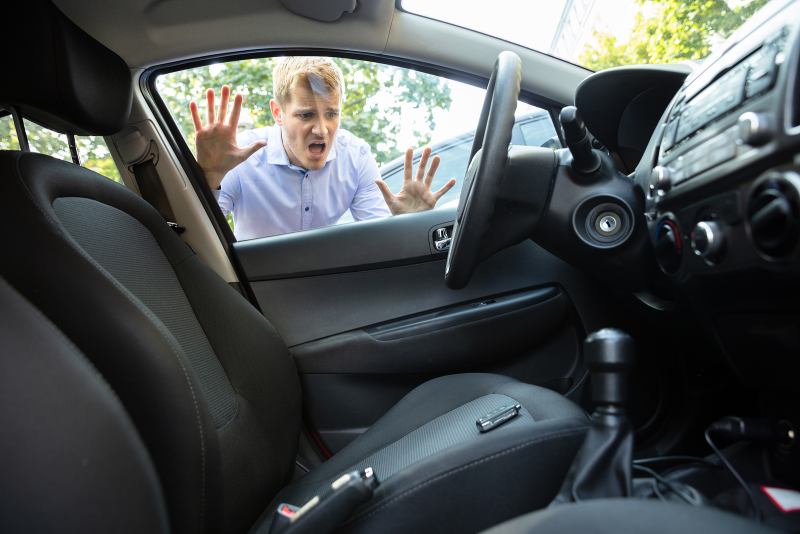
Ever found yourself locked out in an inconvenient or unfamiliar location? Such an experience can be frustrating, to say the least! However, with the right tools and a clear plan, you can regain access to your vehicle safely and efficiently. In this complete step-by-step guide, we will outline the most common methods for unlocking your car.
The first and most crucial step is to remain calm when faced with a lockout situation. Panicking can cloud your judgment and make the situation more stressful. Take a few deep breaths to clear your mind and prepare for the task ahead.
If you have a spare or a remote key, use them to unlock your car. Most vehicles can be easily unlocked with these tools, saving you time and potential damage.
In case spare keys aren’t available, then it is time to call a professional locksmith or a roadside assistance service. A company like GreenPro Locksmith has mobile experts with the necessary skills and tools to unlock your car without causing any damage. We provide professional auto lockout service.
If you have some experience with car locks and you're confident in your abilities, try using a slim Jim to unlock your vehicle. Be cautious and gentle to avoid damaging the door or the lock mechanism.
A coat hanger can also be used to unlock a car, although it is not as reliable as a slim Jim. Straighten the hanger and create a small hook at one end. Carefully insert the hook through the window opening and try to engage the lock mechanism.
In some cases, a shoelace or paracord can be used to unlock a car with manual door locks. Create a loop and insert it between the weather stripping and the window. Carefully maneuver the loop around the lock's button, pull it up, and unlock the door.
Do you know that auto locksmiths use tool kits specially designed for unlocking cars? The good news is that those tools are available for purchase online. These kits contain various tools and instructions on how to use them safely. Make sure to follow the provided instructions carefully.
It is essential to exercise caution when attempting DIY methods like using a slim jim or coat hanger. Mishandling these tools can damage your car's door or lock, leading to costly repairs. If you are not technically savvy, depend on an auto locksmith to save the day.
To avoid future lockouts, consider taking preventive measures. Keep a spare key in a secure location, use keyless entry systems, or store contact information for a reliable auto locksmith from GreenPro Locksmith.
When faced with a lockout situation, it is usually difficult to regain access. However, using your spare keys, or calling professional help, could save the day. If you choose to attempt DIY methods, do so with caution to avoid causing damage to your vehicle. And remember, taking preventive measures can help you avoid future lockouts, ensuring a smoother and stress-free experience on the road.
Locksmithing has never been about fixing a jammed door. And though resolving a lockout is certainly a significant part…
During a lockout, the first thing on your mind would be how quickly a locksmith can help out. But irrespective of…
Experiencing a lockout incident can be frustrating. But at that moment, you are likely to be on the lookout for a…
When you are locked out, it is so easy to make a mad dash to call whatever online-first-page popping locksmith you…